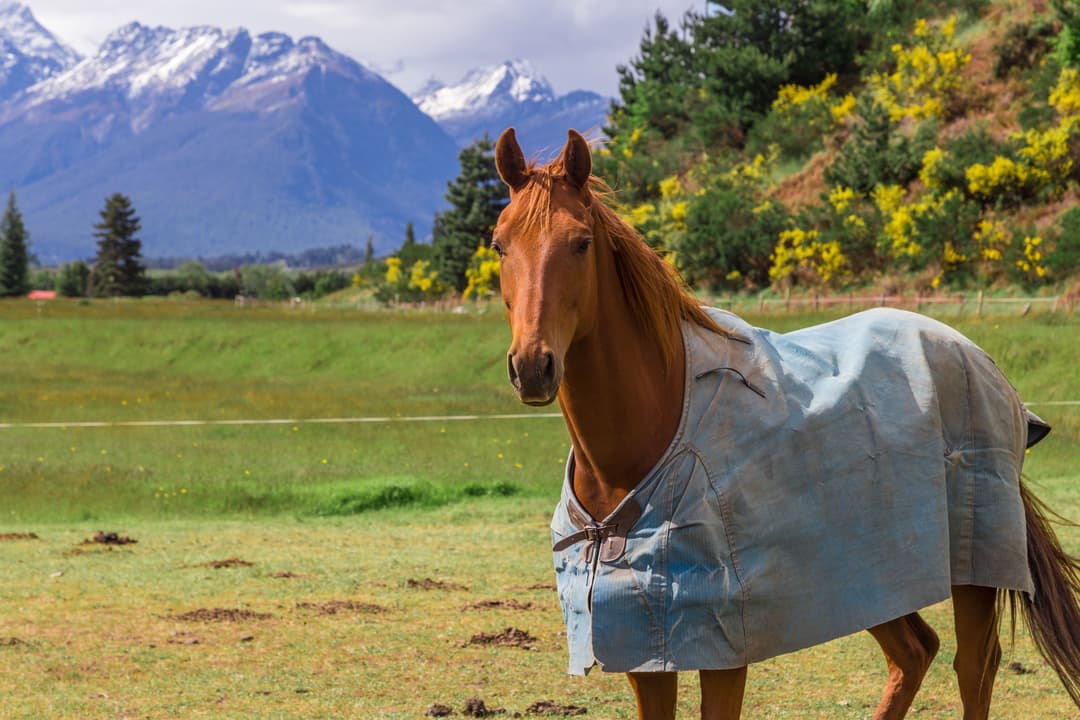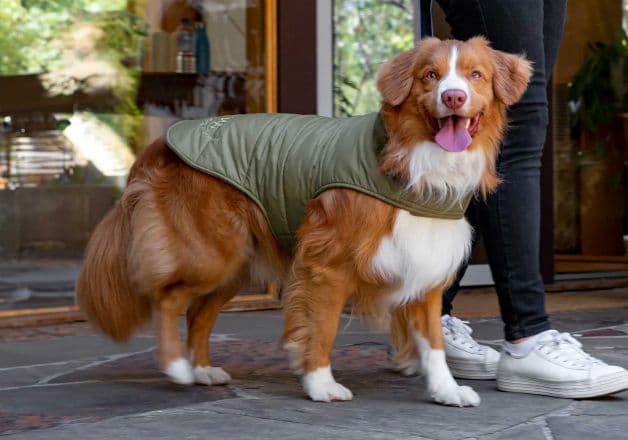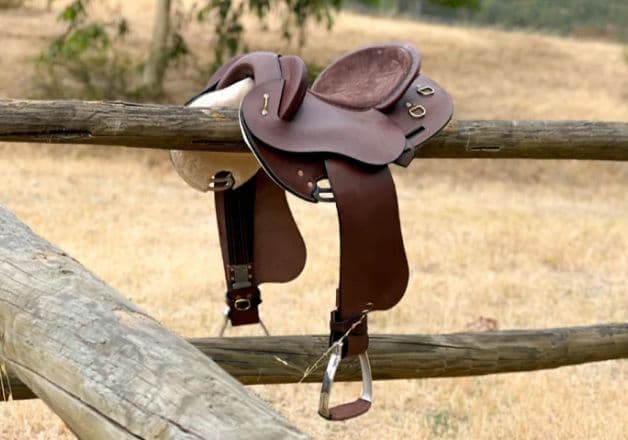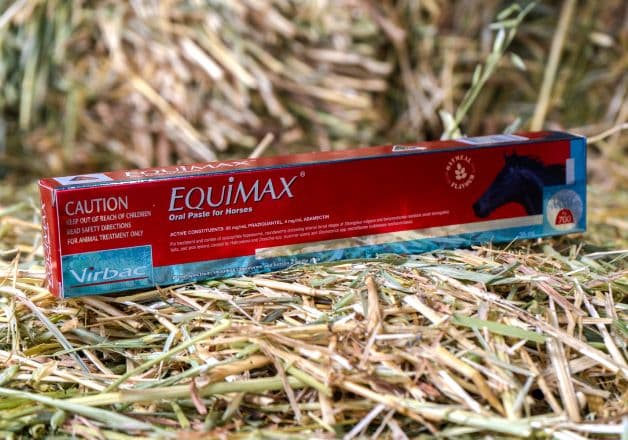
How to Wash Horse Rugs
Not all horse rugs are made equally. Depending on the type of horse rug you're washing, and the purpose it serves, you will need to follow different instructions to keep it in tip-top shape.
General washing instructions
To make your Caribu rug last as long as possible and give it the best care, only ever use a cold water wash. Water over 40C° will damage the waterproof membrane in deniers and water over 50C° can damage horse rug bindings as they are polypropylene and will shrink.
Never tumble dry horse rugs, as the high heat will melt or damage the fabric and polypropylene bindings and straps causing shrinkage and distortion of shape.
How to wash synthetic turnout and waterproof horse rugs
We do not recommend machine washing synthetic rugs at all. Synthetic horse rugs need more care than others as they have a polymer membrane lining, which gives the rug it's waterproofing, is similar to a rubber compound. It has an inherent moisture content which varies with environmental conditions like humidity etc. Waterproofing eventually fails in a rug when the lining ages and the polymer dries out and becomes brittle. Storing the rug away for long, extended periods, can accelerate the breakdown of the membrane. The rug needs to be aired from time to time to allow it to 'breath' & ensure the polymer lining doesn't dry out excessively. Rugs that get used infrequently are usually the ones that have the shortest membrane life because they either dry out or grow mould.
To wash your synthetic horse rug:
- Never use warm or hot water on a synthetic denier. You will very easily damage the rubber like a waterproof membrane on the underside of the fabric, making it useless.
- We recommend you don't use detergents or any type of chemical on synthetic waterproof rugs as this can damage the waterproofing membrane.
- Washing machines, especially top loaders which, with high agitation, can damage the waterproof membrane linings from the excessive stretch.
- We suggest you hand wash them in cold water or wiping them gently with a damp cloth or sponge (never scrub).
- Line dry only — never use a tumble dryer.
To help get the best life from your waterproof denier, take a few precautions:
- Never spray a high-pressure hose at your horse rug - you will damage the small pores allowing water to enter immediately.
- Never use a harsh bristled brush to scrub the outer denier, you can spike the membrane.
- Never wash your waterproof rugs in a hot wash - cold water hand wash only.
- Never use additives like tea tree oil or eucalyptus oil on your rugs or in the wash - they can affect the membrane lining.
- Never put a rug away damp or sweaty for long periods of time. Mould and mildew will eat away at the membrane over time.
- UV will eventually affect the lining over a long period of time. When rugs are not being used, avoid leaving them out on rails in direct sun for days or weeks at a time.
- Before storing your rug away, ensure it is dry and at room temperature. Don't take directly from a warm sunny clothesline and seal away, as this can be detrimental to the waterproofing membrane. Allow the rug to cool down and air at room temperature for a few hours before packing away.
How to wash canvas horse rugs
To assist the long life and durability of your canvas rug, please follow these instructions:
- Prior to using we suggest you thoroughly wet the canvas with a light hose and let the rug dry fully in the sun. This is necessary to allow the fabric to settle and stitching to swell. If you fail to do this you may find your rug absorbs excessive water in the initial exposure to rain.
- Store away only when completely dry — any moisture in the fabric will cause mildew and deteriorate the canvas during storage. Do not use a high-pressure nozzle to wet your rug as the high pressure could compromise the waterproofing.
- Never scrub the canvas. To remove dirt using a damp cloth or try brushing the fabric with a soft brush when any dirt has dried. Do not use soaps, detergents or other liquid cleaners.
- Remove any mildew as it appears, and allow the rug plenty of sun exposure afterwards.
- No canvas rug is completely waterproof. The waterproofing process is designed to repel showers & light rain and won't stand up to heavy or prolonged weather, as water will slowly seep thru the fabric and of course through any stitching. The thickness and tight weave help to slow the seeping process. With exposure to heavy or prolonged periods of rain — you will need to remove canvas regularly and allow to dry out completely.
How to wash polycotton paddock ripstop rugs and fly mesh horse rugs
Polycotton ripstop rugs can generally be washed just like clothing, however, please follow these points:
- Only ever use a cold water wash. Avoid hot or warm water as this will start to damage the polypropylene binding, causing it to melt/change shape, and causing the binding to bunch up.
- Don't use a clothes dryer, as the high heat can melt or damage the polypropylene bindings and straps again causing the binding to shrink.
- Only ever use a mild detergent. To get really dirty marks out, a pre-soak or a spot spray may assist.
- Line dry completely before use or storage.
How to wash under rugs
Our wool rugs have been subjected to heat treatment, so you should not experience shrinkage in cold water washes. However, please follow these guidelines to ensure longevity:
- Only ever use a cold water wash with a gentle spin cycle. Wool will naturally experience some shrinkage in hot water.
- Do not tumble dry, as the high heat will affect the wool and can melt or damage the polypropylene bindings and straps again causing the binding to shrink.
- Wool is a natural fibre and will 'shed' loose fibers, especially after the first wash. If there is an excessive amount of loose fibres, just brush the rug off and any further shedding will be minimal over its life.
- Ensure the rug is completely dry before use or storage.
How to wash sheepskin products
Sheepskin wool products need a lot more care than usual. Always allow the product to dry immediately after it has become damp or wet.
Always air your sheepskin products well after use. Horses sweat is caustic, so if a product is put away while still damp with sweat, it will react with the sheepskin and accelerate the breakdown of the sheepskin.
The wool should be brushed frequently. All parts which are exposed to the horses sweat during use need special care. These should be thoroughly dried after every use, then before the next use, brush the wool with a grooming brush. Numnahs and saddle pads should generally be placed on top of the saddle wool side up when storing the saddle. When dry, before reusing, brush the wool to remove horsehair, dried sweat and dirt residue. This assures a longer life of the product, it also saves you a lot of problems.
For regular maintenance
Sheepskin products must be allowed to dry between uses so that the sheepskin is given a chance to stabilize. Repeated use without proper drying out and airing will cause damage to the leather resulting in damage to your product. Once the pad is dry, a light brushing of the sheepskin with a pet brush will separate the wool fibers and help to keep the wool fluffy and resilient for the next use.
Washing sheepskin
Sheepskin products should be hand washed in cold or warm water (no more than 30C°) using a mild soap designed for sheepskin. (Avoid regular washing powders which nearly all contain enzymes or bleach. These enzymes break down the sheepskins very quickly.
It is not suggested to wash sheepskin products in the washing machine because we find that the ‘agitator’ can be rough on the sheepskin and any Velcro. Remove excess water by carefully squeezing the water out. Do not wring out out as it may result in damaging the product.
Drying sheepskin
Sheepskin products should be line dried out of the sun. Please do not put in the warm dryer or on a heating device. Sheepskin can be very effectively dried using a dryer, but only on a cold setting (no heat at all). Putting it in the dryer on cold setting is better for the leather than letting them dry on their own, as it fluffs the air through and keeps the fibres from drying out and going hard.


